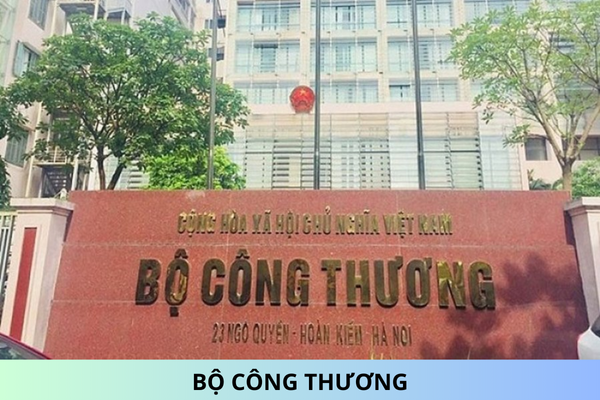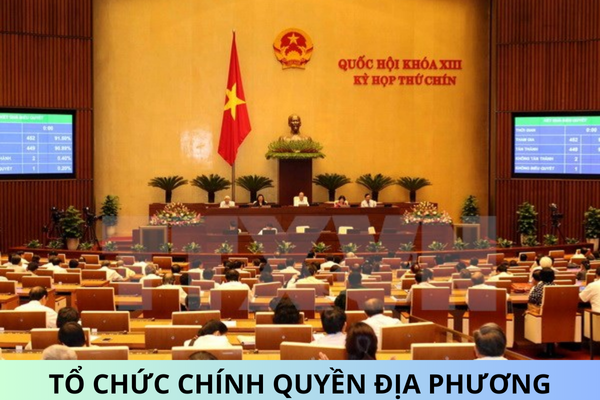Distinguishing Deployment, Secondment, and Transfer
Legal Basis: Law on Cadres, official 2008; Law on Public Employees 2010; Decree 138/2020/ND-CP.
| Criteria | Mobilization | Secondment | Rotation |
| :---: | :---: | :---: | :---: |
| Concept | Officials are transferred by a competent authority decision from one agency, organization, or unit to work at another agency, organization, or unit. (Clause 10 Article 7 Law on Officials 2008) | - An official from one agency, organization, or unit is appointed to work at another agency, organization, or unit based on task requirements. (Clause 12 Article 7 Law on Officials 2008) - Secondment of public employees is when public employees from one public service provider are sent to work at another agency, organization, or unit based on task requirements for a certain period. The head of the public service provider or the competent authority managing the public service provider decides on the secondment of public employees. (Clause 1 Article 36 Law on Public Employees 2010) |
Officials in leadership and management are appointed or assigned to hold another leadership or management position for a certain period for further training and cultivation based on task requirements. (Clause 11 Article 7 Law on Officials 2008) |
| Subjects | Cadres, officials | Officials, public employees | Cadres, officials |
| Authority to mobilize, second, rotate | The head of the agency, organization, unit. (Clause 2 Article 26 Decree 138/2020/ND-CP) | - The agency, organization, unit managing the official. (secondment of officials) (Clause 1 Article 53 Law on Officials 2008) - The head of the public service provider or the competent authority managing the public service provider. (secondment of public employees) (Clause 1 Article 36 Law on Public Employees 2010) |
In accordance with the management decentralization regulations of the Communist Party and the law. (Clause 1 Article 57 Decree 138/2020/ND-CP) |
| Conditions for implementation | - Based on task requirements, cadre planning, cadres are mobilized within the system of agencies of the Communist Party of Vietnam, the State, socio-political organizations. (Clause 1 Article 26 Law on Officials 2008) - Based on task requirements and the political qualities, ethics, capacity, professional qualifications, and skills of the official. (Clause 1 Article 52 Law on Officials 2008) |
- Based on task requirements. (Clause 1 Article 53 Law on Officials 2008) - Based on task requirements for a certain period. (Clause 1 Article 53 Law on Public Employees 2010) |
- Based on task requirements, cadre planning, cadres are mobilized within the system of agencies of the Communist Party of Vietnam, the State, and socio-political organizations. (Clause 1 Article 26 Law on Officials 2008) - Based on task requirements, planning, and usage plans of officials, leadership, and management officials are rotated within the system of agencies of the Communist Party of Vietnam, the State, and socio-political organizations. (Clause 1 Article 52 Law on Officials 2008) |
| Duration | Not specified. | No more than 3 years, except for certain sectors and fields as stipulated by the Government of Vietnam. (Clause 2 Article 53 Law on Officials 2008 and Clause 2 Article 36 Law on Public Employees 2010) | Not specified. |
| Task assignment | Cadres and officials who are mobilized must comply with the work assignments and management of the agency, organization, or unit to which they are dispatched. | - Officials who are seconded must comply with the work assignments from the agency, organization, or unit where they are seconded. (Clause 3 Article 53 Law on Cadres, Officials 2008) - Public employees who are seconded must comply with the work assignments and management of the agency, organization, or unit where they are dispatched. (Clause 3 Article 36 Law on Public Employees 2010) |
Cadres and officials who are rotated must comply with the work assignments and management of the agency, organization, or unit where they are dispatched. |
| Responsibility for ensuring salary and other benefits | The public service provider to which the officials are mobilized has the responsibility for ensuring the salary and other benefits of the officials. | During the secondment, the public service provider sending the public employee is responsible for ensuring the salary and other benefits of the public employee. (Clause 4 Article 36 Law on Public Employees 2010). Officials on secondment must comply with the task assignments, arrangements, evaluations, and inspections of the agency, organization, or unit where they are seconded, but they remain part of the payroll of the agency, organization, or unit that sent them on secondment, including cases where the official holds a leadership or management position equivalent to their current position. (Clause 3 Article 27 Decree 138/2020/ND-CP) |
The public service provider to which the officials are rotated has the responsibility for ensuring the salary and other benefits of the officials. |
| Return to original workplace | Not specified. | - The agency, organization, or unit managing the seconded official is responsible for arranging suitable work for the official when the secondment period ends. (Clause 5 Article 53 Law on Cadres, Officials 2008) - After the secondment period ends, the public employee returns to the original workplace. The head of the public service provider that sent the public employee on secondment is responsible for accepting and arranging work suitable for the public employee’s expertise and skills when the secondment period ends. (Clause 6 Article 36 Law on Public Employees 2010) |
Not specified. |
| Subjects not eligible for mobilization, secondment, rotation | Not specified. | - Secondment of female officials who are pregnant or nursing children under 36 months old is not carried out. (Clause 6 Article 53 Law on Cadres, Officials 2008) - Public employees under disciplinary action or investigation, prosecution, or trial are not eligible for appointment, secondment, training, or retirement or resignation arrangements. (Clause 3 Article 56 Law on Public Employees 2010) |
Not specified. |
Above is the content distinguishing mobilization, secondment, and rotation. To understand this issue more clearly, you should refer to the relevant legal documents.
Respectfully!

What is the Detailed list of 20 Regional Customs Sub-Departments in Vietnam from March 1, 2025?

What is the List of 35 regional social security offices in Vietnam from March 1, 2025?

What is the organizational structure of the Ministry of Industry and Trade of Vietnam from March 1, 2025?

What is the latest form for evaluation and quality classification of officials in Vietnam in 2025?

What is the latest form for evaluation and quality classification of public employees in Vietnam in 2025?

Has the Law on Promulgation of Legislative Documents in 2025 in Vietnam been issued?

Decree 37/2025/ND-CP stipulating the functions, tasks, powers, and organizational structure of the Ministry of Education and Training of Vietnam

Decree No. 36/2025/ND-CP stipulating the functions, tasks, powers, and organizational structure of the Office of the Government of Vietnam

Decree 39/2025/ND-CP on the powers and organizational structure of the Ministry of Justice of Vietnam

Official: Law on Organization of Local Governments in 2025 in Vietnam
